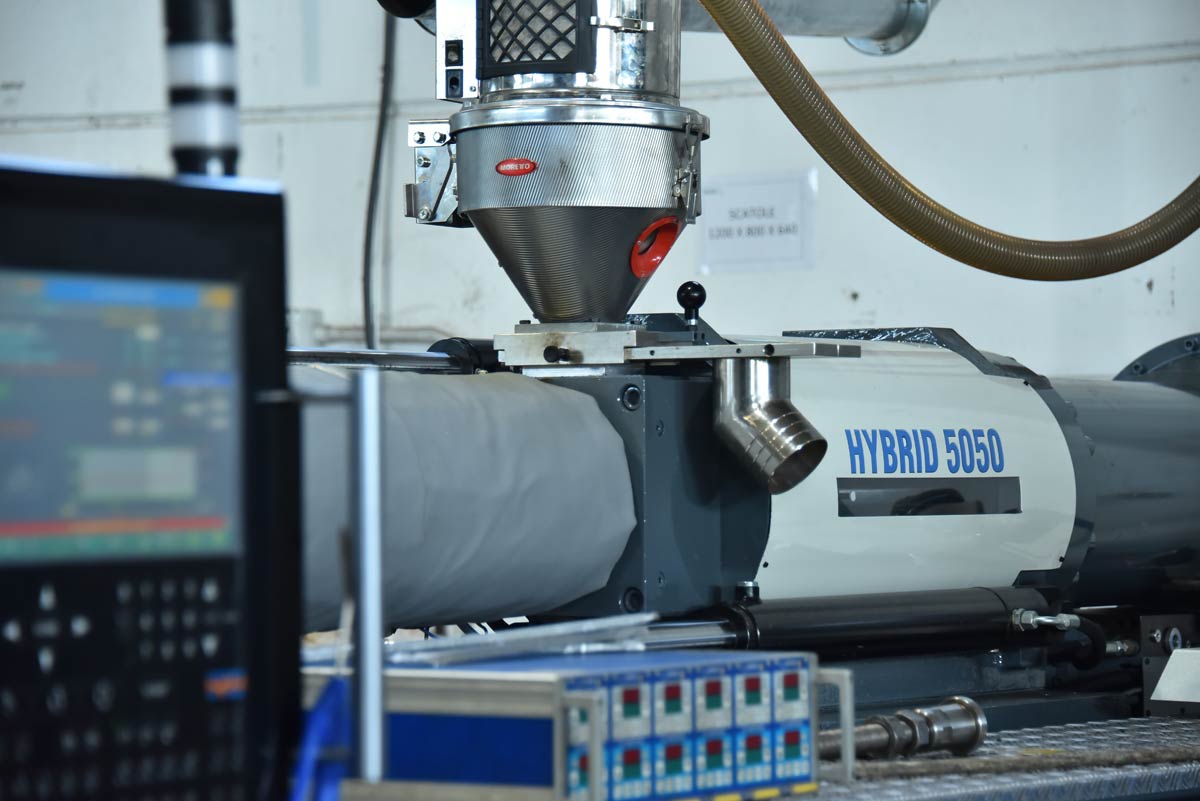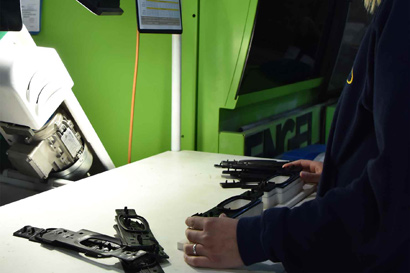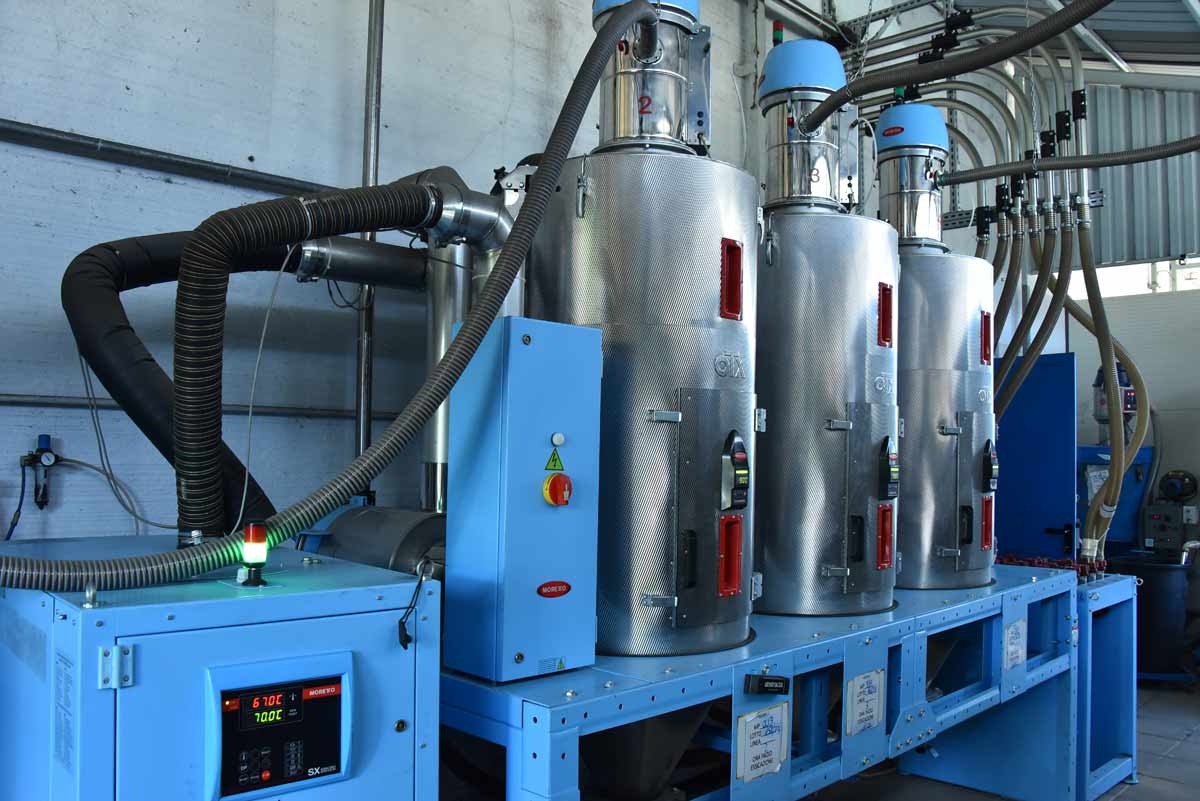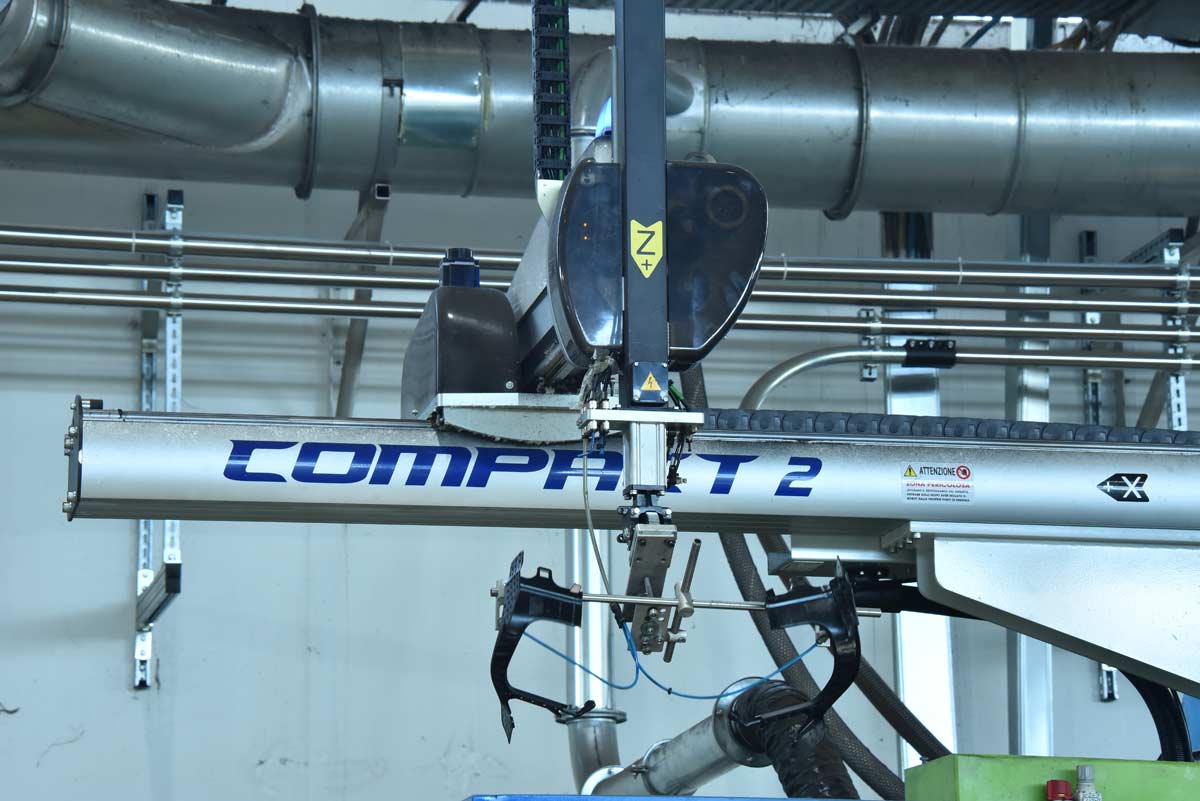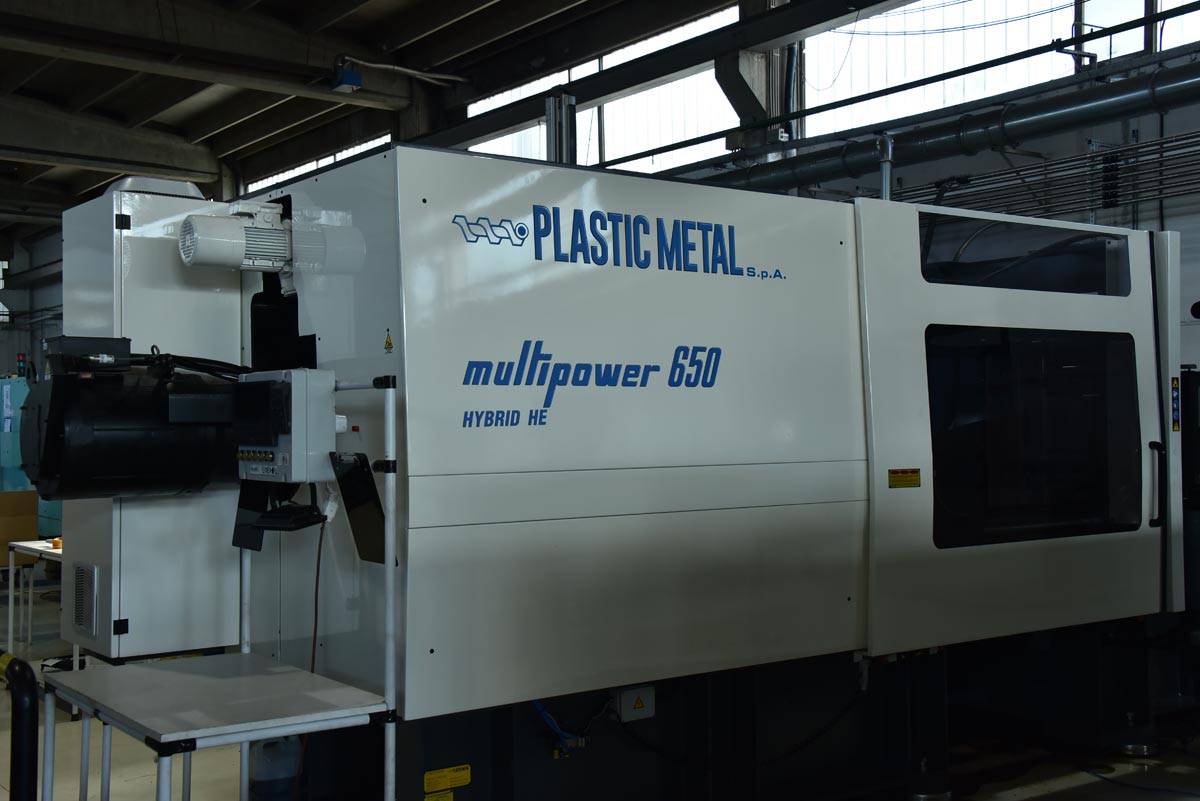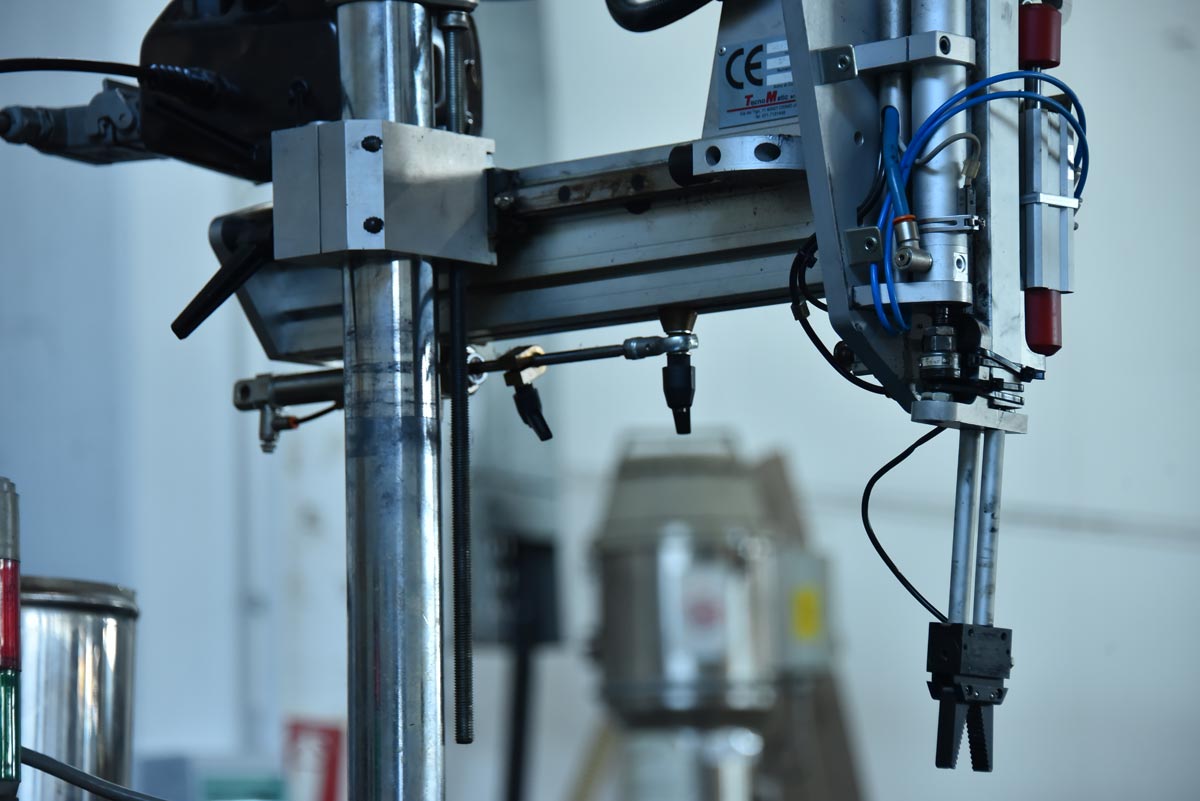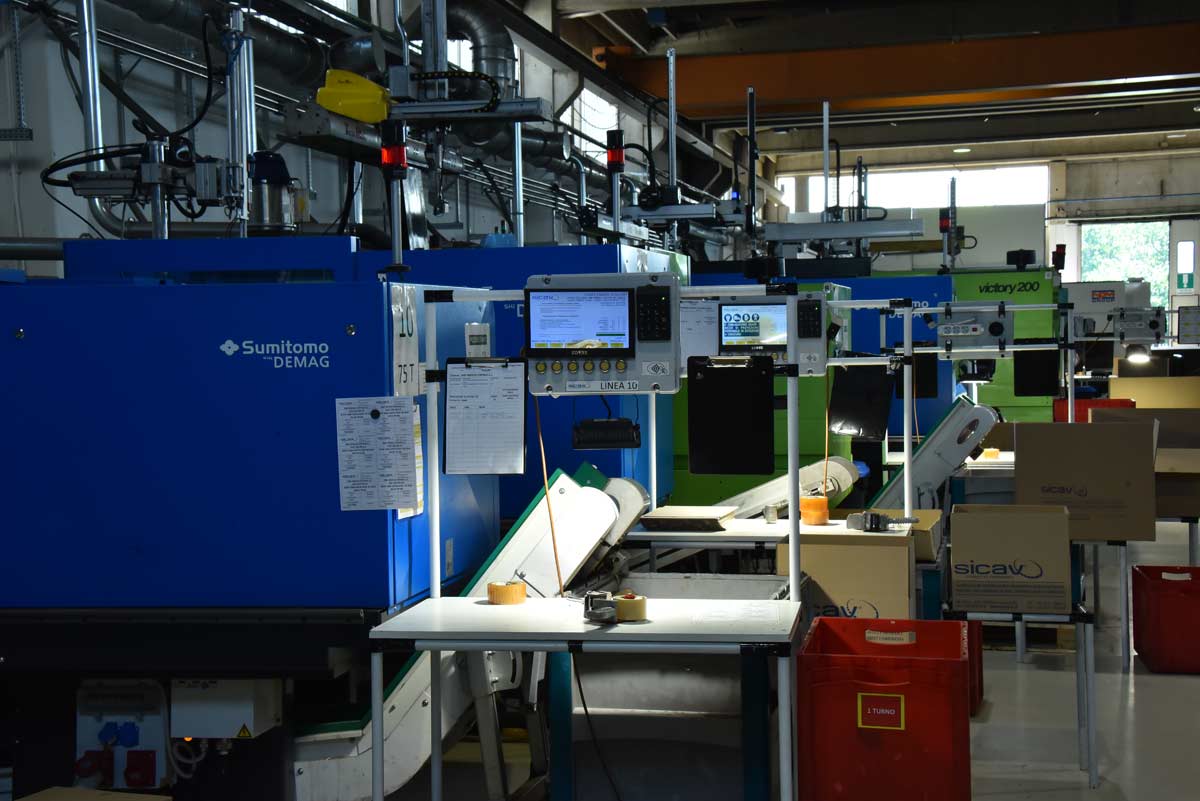Plastic Moulding
Plastic injection moulding for the automotive sector is our core business. We handle the entire product development phase, from mould design to mass production, with state-of-the-art technology and machinery.
The most common method of producing plastic objects is injection moulding as it allows even very small and complex polymeric components to be manufactured.
What we produce via plastic injection moulding
Plastic is fundamental when it comes to producing various types of objects and components, and the same applies for the automotive sector. The main method used to produce plastic parts is injection moulding.
70% of Sicav Srl's production of plastic components consists of PC-ABS and PP parts, reinforced with mineral and non-mineral fillers. Many of our products, for example, are designed to be incorporated into the roof of vehicles (inner roof of the car), such as:
- Frames for courtesy lights
- Structural roof elements
- Aesthetic elements
- Shock absorbers
- Sunroof support frames
- Various door panel components
20% of our injection moulding production concerns polyurethane and nylon washers for hydraulic pistons and shock absorbers, such as:
- O-rings
- Oil control rings
- Shock-absorbing devices for shock absorbers
Finally, the remaining 10% of production involves the manufacture of nylon tie rods for parcel shelves and car seats, also by means of co-moulding techniques. This process allows the tie rods to be fitted with rubber inserts.
Sicav also provides its customers with the option to test and evaluate their designs before mass production.
